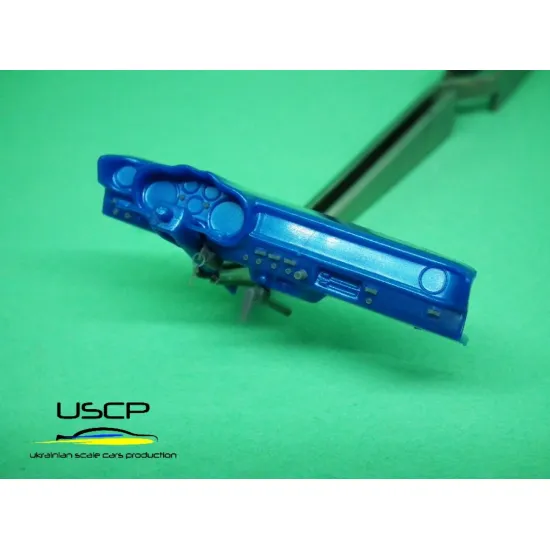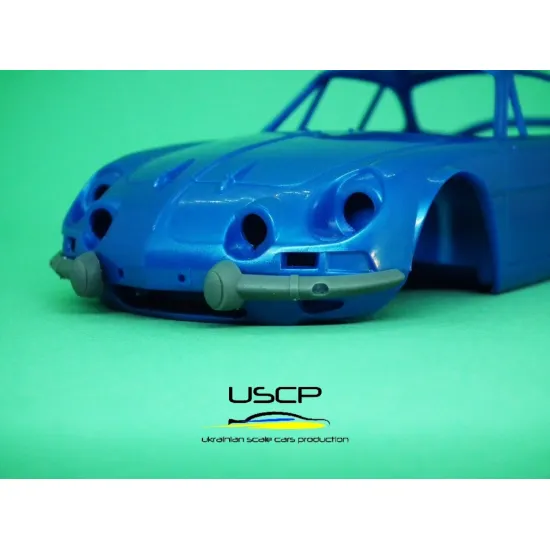Building Plastic Model Kits for Fun and Relaxation
Building Plastic Model Kits for Fun and Relaxation
Blog Article
Design kits attended quite a distance since their inception, transforming from simple assembly tasks to delicate operates of art. For hobbyists, that development mirrors both technological developments and the rising desire to art small worlds with amazing realism.
The Rise of Model Packages
plastic model kits first received reputation in the mid-20th century. Originally designed as simple, useful resources, early sets usually highlighted fundamental areas made from timber or steel with minimal focus on detail. By the 1950s, plastic products joined industry, marking a critical moment in their evolution. These plastic types permitted for lightweight and easier-to-assemble designs, resulting in a spike in popularity among small hobbyists.
The 1960s and 70s found an surge of creativity in product kits. During this time, the concentration shifted from only building vehicles to making replicas of famous topics including airplanes to sci-fi spaceships. Organizations began incorporating higher-quality conforms and introducing unique modifications, making the interest more immersive.

The Revolution in Realism
By the 1980s and 90s, the emphasis in design sets moved toward hyper-realism. Producers started using injection-molded engineering that allowed for extraordinary detailing. Modelers could entry advanced systems featuring shaped textures, custom decals, and complexities formerly unimaginable.
Technological improvements also made customization possible. Instruments like airbrushes and high-performance offers, coupled with comprehensive directions, offered hobbyists the freedom to elevate their builds. From weathered tanks to finished battle vehicles, making life-like efforts turned an attainable goal.
Expert Techniques for Painting and Outlining Design Packages
For model lovers, the pleasure is in the details. Painting and concluding methods have changed similar to model products themselves. Mastering these abilities may truly change any build.
1. Prime for Achievement
Generally begin with a primer. Priming ensures that color adheres smoothly to surfaces and generates the base required for lively, regular color. Select a primer suited to your material, whether plastic, resin, or metal.
2. Layer Your Paints
Apply your offers in slim, even layers. This strategy prevents clumpy completes and makes changes between shades seamless. Fat shows are especially popular because of their rapidly drying time and vivid color options.

3. Put Fine Weathering Details
To provide your model a weathered, reliable look, try out weathering practices such as dry discovering, clears, or applying pastels. For cars, simple rust scars or cracked color may enhance realism.
4. Ideal the Decals
Decals may make or break the ultimate search of your model. Make use of a softening option to simply help them adapt to curved materials and cautiously seal them with a definite coat.
From building easy models years ago to today's hyper-detailed projects, product kits continue steadily to stimulate imagination and skill. With advanced methods and tools, the options for realism and term are endless.
Report this page